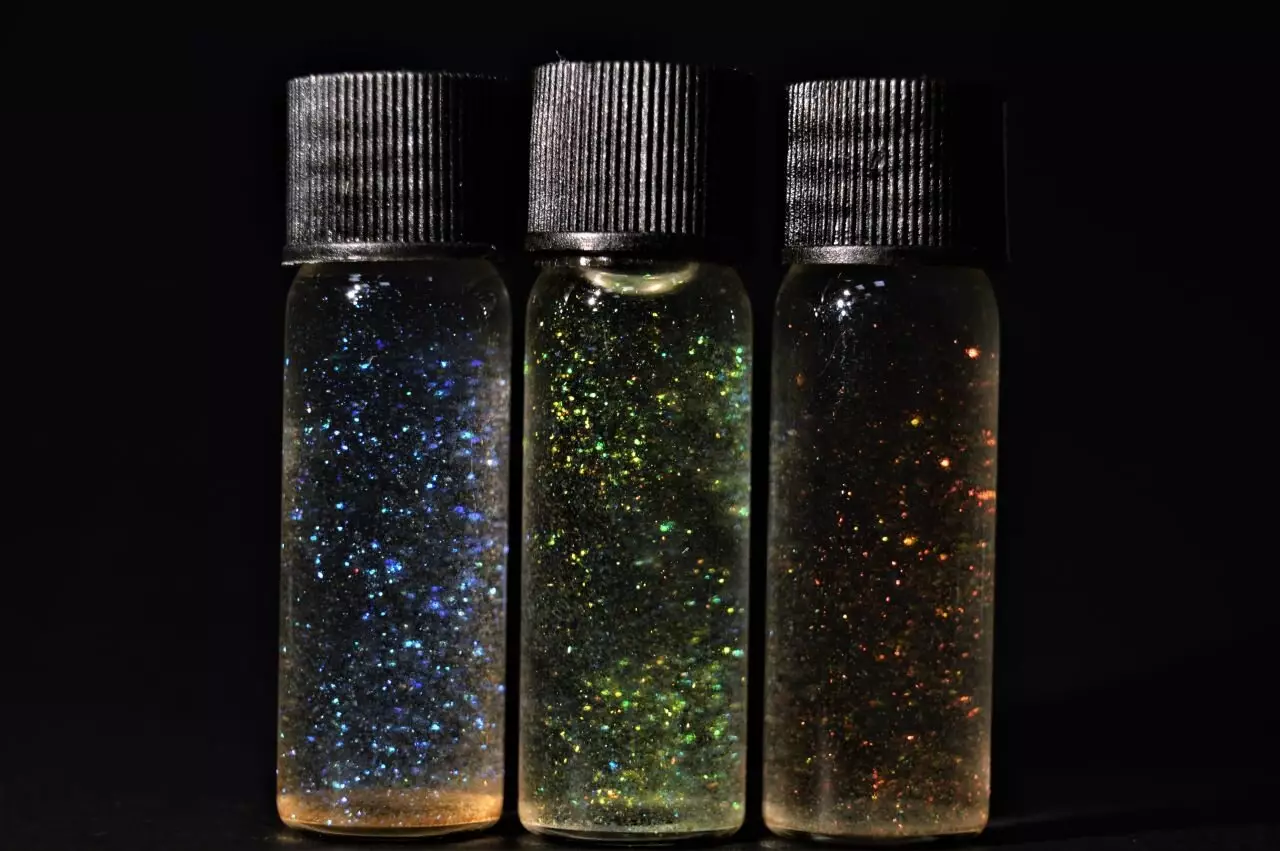Plastic has become a ubiquitous element in our modern world, with staggering production rates that exceed 368 million metric tons annually. Of this massive output, over 13 million metric tons are discarded into terrestrial environments, constituting a significant threat to biodiversity and ecosystem health. The ramifications of this plastic waste stretch far and wide, leading to detrimental impacts not only on marine life but also on terrestrial organisms that often go unnoticed. A particularly concerning subset of this pollution is microplastics, defined as plastic particles smaller than 5 mm. These diminutive pollutants can originate from various sources, including the breakdown of larger plastic items like bottles, or from commonly used products like glitter.
Microplastics pose a unique threat as their size allows them to infiltrate various ecosystems, ultimately being ingested by a range of organisms. Terrestrial animals, mistaking these minuscule particles for food, can suffer from serious health issues including malnutrition and gastrointestinal problems. Despite the alarming research focusing on marine microplastics and their perils to marine species, studies investigating the impact on land-dwelling creatures remain sparse. This oversight is surprising, especially considering that annual estimates suggest the amount of plastic that reaches land might be four times greater than that which enters our oceans.
One particularly notorious source of microplastics is glitter, a product commonplace in cosmetics, fashion, and arts and crafts. The detrimental environmental effects of this product cannot be understated—conventional glitter is primarily made from polyethylene terephthalate (PET), the same material used for water bottles. Glitter’s minute size and often metallic coating contribute to its persistent presence in ecosystems, making it challenging to manage and mitigate once released.
In an effort to combat this alarming trend, the European Union has taken a pivotal step by officially banning the sale of loose plastic glitter alongside other microplastic-laden products. This ban aims to decrease microplastic pollution within member nations by 30% by 2030. Yet, regions like Australia have yet to enact similar measures. Research from New South Wales has indicated that an alarming 24% of microplastics in sewage sludge are identified as glitter, raising questions about the effectiveness of current waste management strategies.
The persistence of glitter in the environment becomes even more concerning considering its resistance to removal. Once released, glitter can be challenging to track due to its small size and the fact that it can become translucent as it deteriorates. This poses a dilemma for both policymakers and consumers who wish to enjoy the aesthetic benefits of glitter without enduring the associated ecological costs.
Amid the growing concern for microplastic pollution, researchers are exploring alternatives that offer a more sustainable approach. One promising avenue is the development of biodegradable glitter composed of cellulose, a natural polymer derived from plant materials. A research team from the University of Cambridge aimed to compare the environmental impacts of traditional glitter against this cellulose-based alternative.
In their studies, the researchers utilized springtails, small soil-dwelling organisms known for their sensitivity to various pollutants, as test subjects. Soil samples from the University of Melbourne served as the medium for these experiments. Alarmingly, while traditional glitter showed marked effects on springtail reproduction at high levels of concentration, the cellulose variation exhibited no significant toxic effects, even at the highest exposure levels.
This research underlines a critical point: while neither glitter type resulted in direct harm to the springtails in terms of survival and growth, the adverse effects of conventional glitter on reproduction could lead to long-term population declines. Given the important role of springtails in soil health—facilitating decomposition and nutrient cycling—any sustained dip in their population could spiral into broader ecological challenges.
As awareness of plastic pollution continues to rise, it is essential for individuals and businesses alike to reconsider their use of conventional glitter and other microplastics. Opting for biodegradable alternatives, such as the newly developed cellulose-based glitter, can help mitigate the negative impacts of microplastic pollution on both terrestrial and marine ecosystems. The journey toward a more sustainable future involves not only legislative action but also informed consumer choices that prioritize the health of our planet. By embracing eco-friendly options, we can help ensure that our love for sparkle does not come at the expense of our environmental integrity.


Leave a Reply